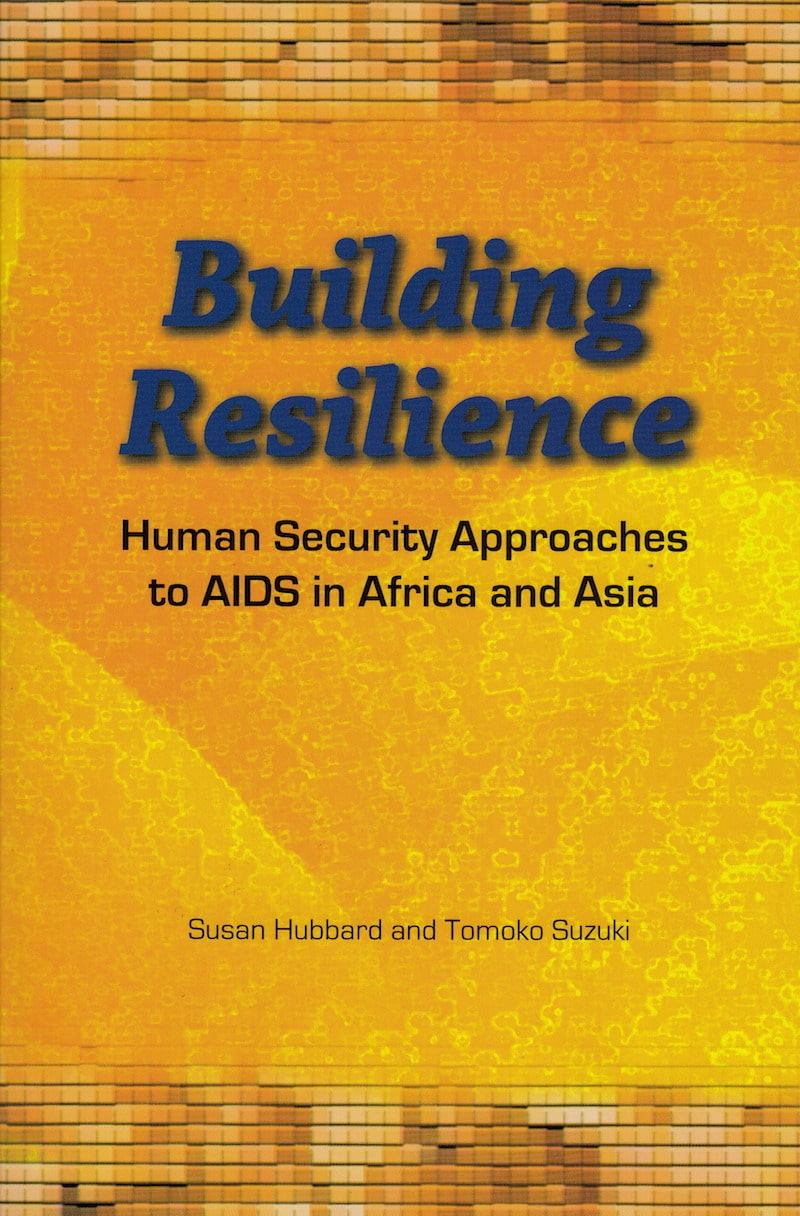Despite various efforts over the past decades to deal with the overwhelming challenges of AIDS, as of 2007 there were an estimated 33 million people around the world infected with HIV, according to the Joint United Nations Programme on HIV/AIDS (UNAIDS). Of that number, 1.7 million people in sub-Saharan Africa and 440,000 people in Asia had been newly infected in the previous year. In addition to the individual human suffering that it causes, AIDS takes a considerable social and economic toll on hard-hit communities in countries around the world. Clearly, approaches to dealing with AIDS and its impact have not produced sufficient results, leading to calls for new approaches at the community level. There is hope, then, that the emerging field of human security—with its emphasis on human-centered comprehensive approaches—might prove effective.
This report analyzes five projects—two in Asia and three in Africa—funded by the United Nations Trust Fund for Human Security that deal with AIDS from various angles, such as the intersection between AIDS and issues of poverty, migration, education, and gender inequality. The case studies offer insight into the potential for human security approaches to help respond to the challenges of AIDS.
CONTENTS
Foreword
Expectations for the UNTFHS—contributed by Surin Pitsuwan
Introduction: Why Human Security Now?
Features of Human Security Projects in the Field of HIV/AIDS
Strategies for Promoting Human Security
Evaluating Human Security Projects
Recommendations
Appendices
- Policy Frameworks in Project Countries
- Profiles of Projects
- Interviewees and Other Resource People
By Susan Hubbard and Tomoko Suzuki

